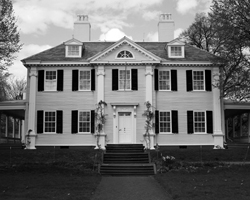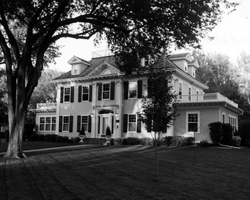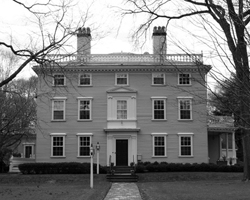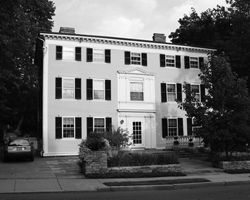The Highest Form of Flattery
In Cambridge the phrase “Imitation is the highest form of flattery,” carries a lot of weight. Just along “Tory Row” two of the seven houses have been copied – quoin for quoin – within blocks of the originals.
Tory Row occupies an unusual place in Cambridge history. These seven Georgian estates were the grandest houses in the city built by a group of wealthy families who represented the social elite in Cambridge. However, as discontent rose in the American colonies, these families, with their politically conservative views and lavish life style, sought safer ground closer to the British military before the first shots of the American Revolution were fired. After hostilities broke out, the estates were seized by the Continental Army. Some were used to house officers, others as hospitals, and one was the home and headquarters of General George Washington.
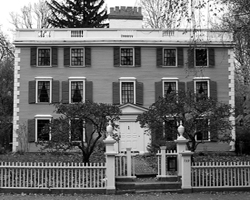
 In an odd turn of fate, while Cambridge residents were quick to condemn the lives of excess that these Tory estates represented, Brattle Street returned to being the most fashionable address in the city, and these homes became the most sought after soon after the end of the Revolution. In the 19th century a number of Georgian houses, similar to the Tory estates, were built along Brattle Street, and in the first half of the 20th century Georgian Revival became the most popular house style in Old Cambridge. Brattle Street is now more Georgian than it was in the Georgian era.
In an odd turn of fate, while Cambridge residents were quick to condemn the lives of excess that these Tory estates represented, Brattle Street returned to being the most fashionable address in the city, and these homes became the most sought after soon after the end of the Revolution. In the 19th century a number of Georgian houses, similar to the Tory estates, were built along Brattle Street, and in the first half of the 20th century Georgian Revival became the most popular house style in Old Cambridge. Brattle Street is now more Georgian than it was in the Georgian era.
